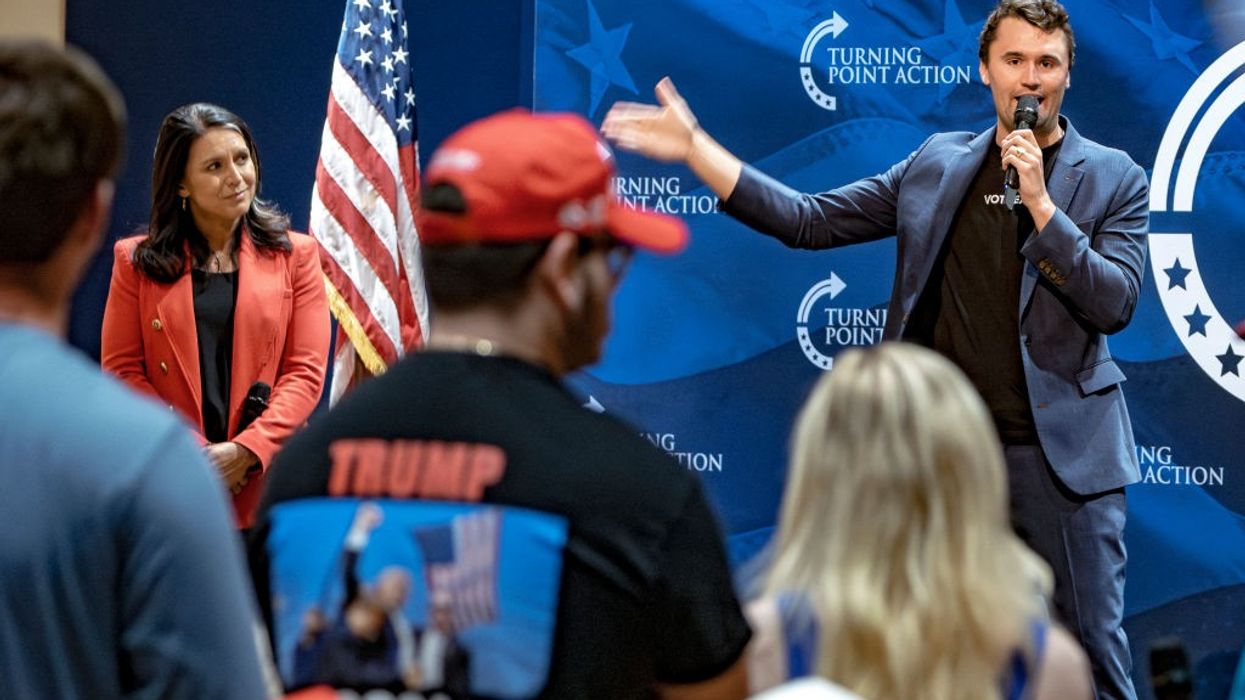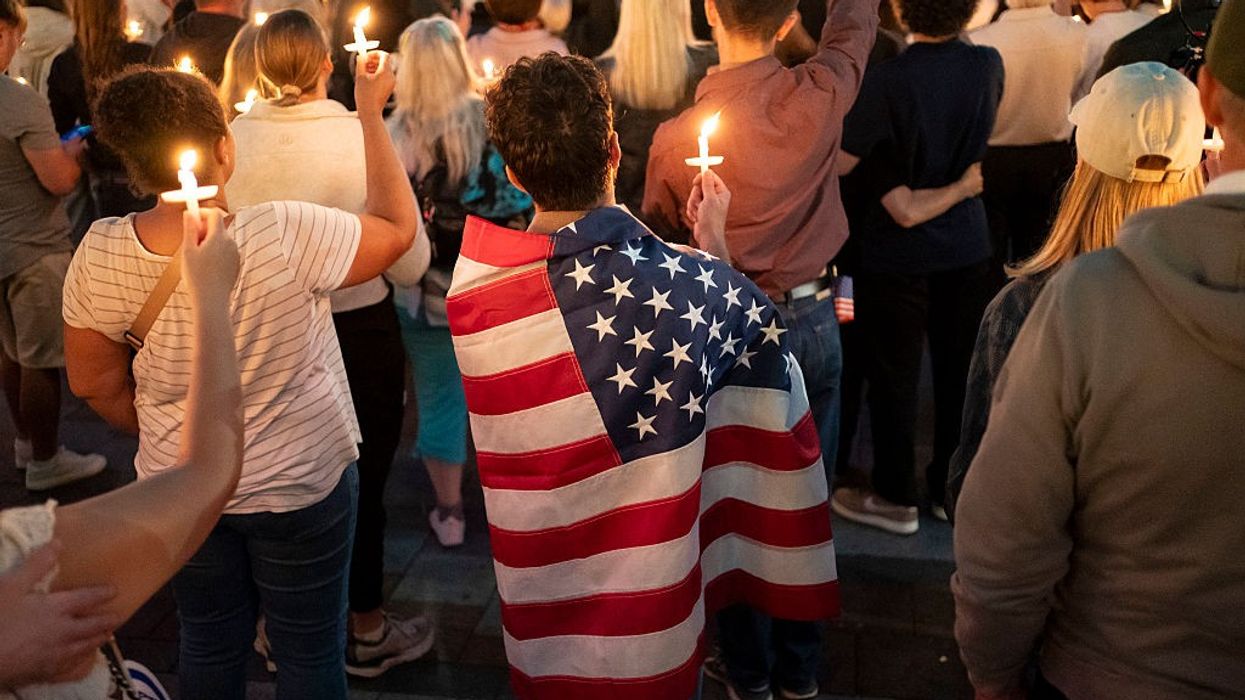Slaughter at Michigan Mormon Church the 324th Mass Shooting in US This Year
"Our leaders MUST act now—before another community is shattered and more lives are lost to a crisis that we know is preventable," said one advocacy group.
On the 271st day of 2025, researchers on Sunday counted at least three mass shootings around the United States, bringing the total number of attacks to 324 this year so far.
At least four people were killed and eight were injured at a meetinghouse of the Church of Jesus Christ of Latter-day Saints, or the Mormon church, in Grand Blanc, Michigan, where the alleged attacker also set the church on fire.
The suspect, Thomas Jacob Sanford, is accused of “firing several rounds at individuals inside the church” with an assault rifle and setting a fire that quickly engulfed the building. The FBI is leading an investigation into the attack, which authorities believe as "an act of targeted violence."
Journalist Mehdi Hasan emphasized that the deadly attack 60 miles north of Detroit was part of a torrent of gun violence-related news, posting on social media about another shooting in Southport, North Carolina shortly after he had commented on the church shooting.
"I literally can’t keep track of the mass shootings in this country," said Hasan. "This is different to the Michigan mass shooting I just posted about."
Police also said the shooting at a waterfront bar in the port town near Wilmington was "targeted" and "highly premeditated." At least three people were killed and five were injured. Like Sanford, the suspect in the Southport shooting, Nigel Edge, was a former US Marine who had served in the US war in Iraq.
The gun violence prevention group Giffords noted on Sunday that at least two people were also killed in a shooting at a casino in Eagle Pass, Texas, with all three shootings taking place within a 24-hour period.
"Gun violence is tearing communities apart across America," said Giffords. "The scale of this horror is unimaginable. Our leaders MUST act now—before another community is shattered and more lives are lost to a crisis that we know is preventable."
Authorities were still investigating a motive in the shooting in Michigan on Monday, while President Donald Trump—who has spent recent weeks since the assassination of right-wing activist Charlie Kirk falsely asserting that people harboring left-wing political views are the driving force behind political violence in the US, contrary to extensive research on the subject—suggested the suspect had committed "yet another targeted attack targeted attack on Christians."
Kris Johns, a candidate for city council in a town near Grand Blanc, told USA Today that the suspect had recently railed against the Mormon church when Johns canvassed at his home. Their conversation did not delve into political leanings, Johns said, but he said "he spotted a Trump 2024 sign on the suspect's fence."
Unlike the administration's response to other recent violent attacks, Hasan noted, top officials such as FBI Director Kash Patel and Vice President JD Vance have refrained from making proclamations about the need to hold left-wing activists and groups accountable for this shooting.
The anti-gun violence group Brady noted Sunday that the public was "awaiting more details on the shooting," but emphasized that the attack and others like it are preventable.
"This does not need to be our reality," said Brady. "We have the solutions. Our leaders simply need the will to act!"
US Rep. Rashida Tlaib (D-Mich.) added that "we must move with urgency to end gun violence in our country."
A majority of Americans say it is too easy to obtain a firearm in the US, and a review of thousands of studies by the RAND Corporation found that requiring universal background checks for gun purchasers and a federal ban on high-capacity magazines and assault weapons sales would be likely to reduce gun violence and mass shootings. The most recent major legislation passed to address gun violence was the Bipartisan Safer Communities Act in 2022, but advocates warned that its "enhanced" background checks for people under age 21 and other incremental provisions would do too little to save lives.
"The near daily barrage of deadly mass shootings in America feels like low-level warfare against normal citizens who just want to live in peace," said journalist Aaron Rupar Sunday. "And because people keep electing Republicans who won’t do anything about it there’s no solution in sight."
The suspect in the North Carolina shooting had filed a federal lawsuit against the US government alleged he had suffered a traumatic brain injury during his service in Iraq. He had also accused the Department of Veterans Affairs of medical negligence in a lawsuit that was filed last week before being withdrawn a day later.
Shannon Watts, founder of the gun violence prevention group Moms Demand Action, pointed to reports of other legal complaints filed by Edge, including some that claimed conspiracies had been masterminded by the LGBTQ+ community against him.
With its weak gun control laws, said Watts, "America gave him access to an AR-15 and a silencer anyway."


